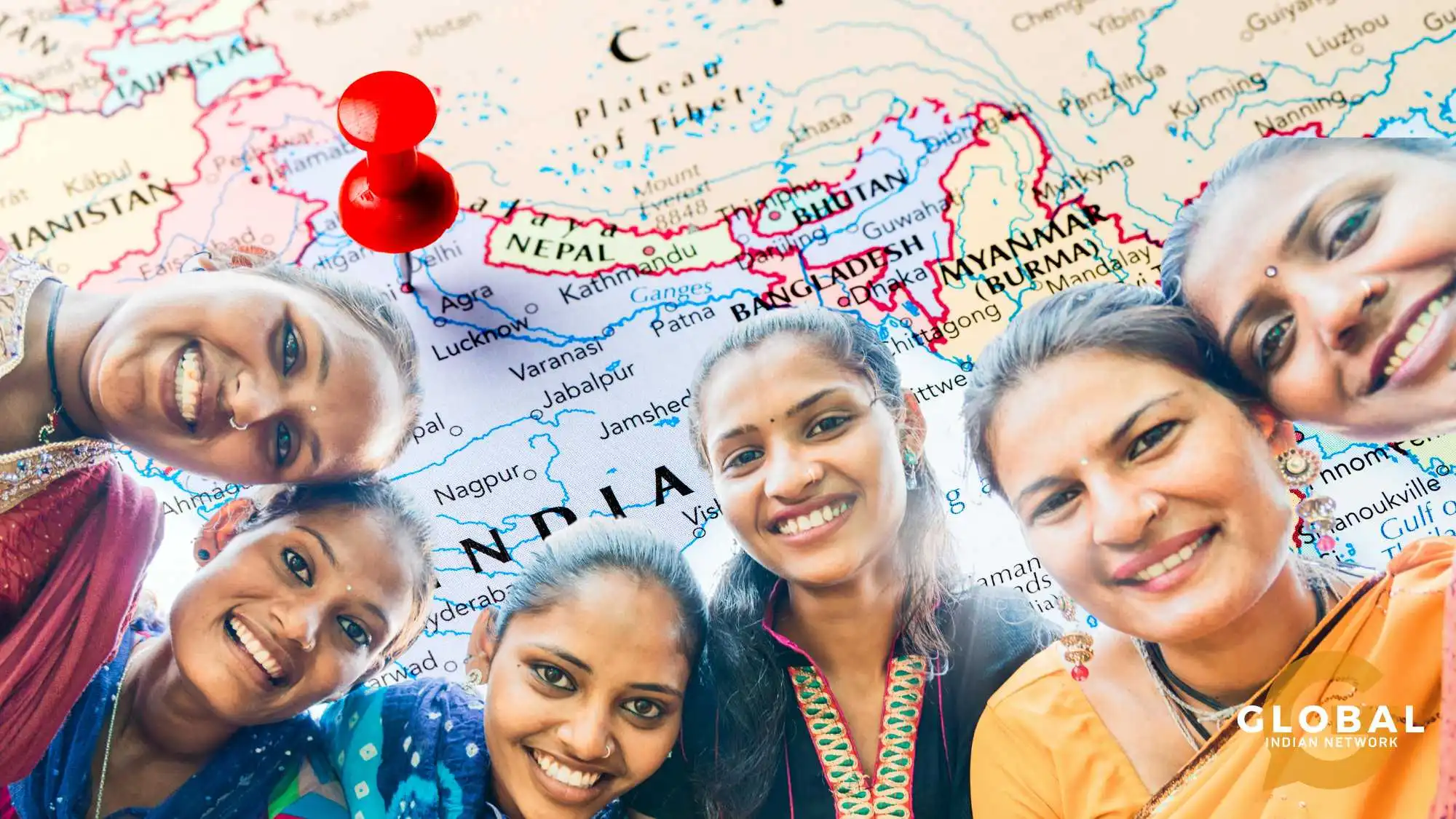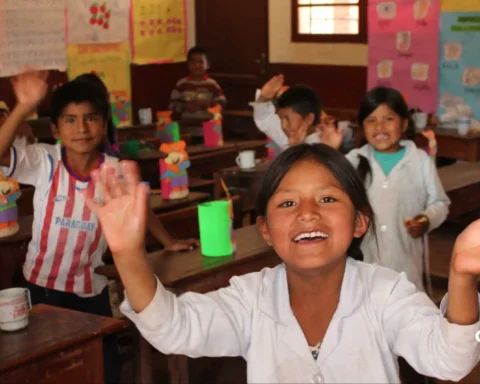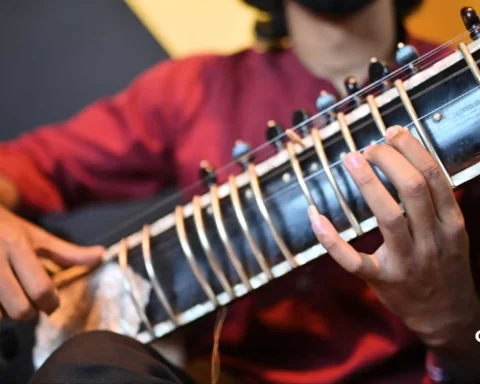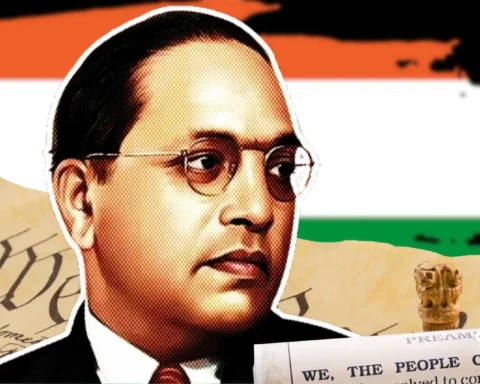Migration trends in India have undergone constant changes over the past few decades, shaped by evolving situations in education, employment, and social reality. The mobility of people within and outside the country determines the demographics, regional growth, and development, and it reshapes the very nature of society. The migration trend in India is a crucial concept that policymakers, economists, and anyone interested in the country’s future should understand.
Table of Contents
What Do the Migration Trends in India Tell Us?
Recent government statistics indicate that the trends in migration in India are primarily internal movements. Approximately 28.9 percent of the population in the year 2021 were migrants; rural migration was 26.5 percent, and urban migration was 34.9 percent. According to the 2011 Census, there were 453 million individuals, or approximately 37 percent of the Indian population, identified as having last resided in a place other than their usual residence. In India, most migration trends include rural-rural, rural-urban, urban-rural, and urban-urban migration.
Understanding the Four Streams of Migration in India
Indian migration trends are primarily of four types, namely rural-rural, rural-urban, urban-rural, and urban-urban. The 2011 census indicates that the largest percentage of migrants is from the rural-rural stream of migration, compared to the previous three census periods.
Rural-rural
The high rate of low employment in the Indian agricultural sector is one of the reasons why this sector is the largest. Even though the majority of the Indian population remains in the rural sector, they are often forced to move to other regions to continue their farming vocation.
Rural-urban
Rural-to-urban mobility has actually declined compared to the last census, the opposite of the situation in developed nations. This is due to overcrowding in industries within cities, which consequently leads to high pollution levels and the development of severe health problems. The cost of living is very high, and it discourages the migration of people to the cities due to industrialization.
Urban-rural
The development of villages and small-scale industries in rural regions has also contributed to this migration stream, which was higher than in previous census periods. These sectors offer employment opportunities to unskilled and semi-skilled individuals. Such employment offers a high level of employment to many people, given the illiteracy rate in India.
Urban-urban
This stream is less common in the past, but it is termed ‘step migration’ in developing countries, where individuals move out of a given area to another in search of improved economic opportunities and other opportunities, such as from a small town to a larger city.

Essential Reasons for Migration in India
The cause of migration patterns is a combination of factors in India. These include economic requirements, educational goals, societal traditions, environmental forces, and developmental policies. According to recent statistics, nearly 50 percent of male migration is attributed to economic reasons, while 86.8 percent is due to social reasons, such as marriage.
Trends in Economic Motivation and Migration in India
The most common push and pull factors behind the migration trends in India remain employment. Men especially move in masses to seek better jobs or even better pay. The industrial centers and cities receive workers into their net, leading to significant rural-to-urban migrations. Government statistics on the state level show that about 10.8 percent of total migrants relocate to seek employment. It is this trend that has formed the basis of almost all studies on migration tendencies in India.
How Education Influences Migration Trends
The dreams of improved education are closely related to many migration trends in India. Rural communities are also known to push their students to urban centers to pursue college and careers. The better education infrastructure and increased awareness have increased interstate migrations, even international migrations. The city centers with their developed institutions have turned into hubs of talented youth, escalating the migration patterns in India.
India: Social Customs and Migration Trends.
Migration trends in India are social factors. The most frequent type of internal migration, particularly among women, is marriage, which has huge consequences in terms of population distribution and household set-ups. Migration patterns in India have shocking gender inequalities due to cultural requirements that the newly married women must relocate to live with their husbands.
Patterns Through Migration Flows in India
In examining the trends of migration in India, one must first differentiate between the large streams of migration: rural-rural, rural-urban, urban-rural, and urban-urban migration. The greatest proportion of migrants has always been rural-rural migration. Individuals relocate from one rural area to another due to farming, family, or tradition. The rural to urban mobility has decreased relative to the previous census years due to the high cost of living and congestion in the city. Urban-urban stream: It is a movement of migrants moving between cities; it has increased because of the increased transport and career prospects.
Migration Trends in India, Regional, and State Specific
The migration trends in India are state and region-specific. Maharashtra still serves as an industrial attraction, whereas the Kerala labor force is formed under the influence of migration to the Gulf countries. Noteworthy sources of migrants are Punjab and Bihar, which pursue economic prosperity. Migration within a state is more frequent than inter-state, and women’s mobility is the greatest in Union Territories.
The Indian Case of Migration Trends on Society
The migration trends in India come with development and social change. The money sent home by migrants invests in the rural economies and education. There is an advantage to cities in terms of labor and diversity, but problems are encountered in terms of housing and employment, as well as integration. There can be a loss in the rural areas of the working population, which will impact agriculture and family life. India has a history of migration, and migration trends, particularly social and economic migration, have an impact on the structure of the family and change urban-rural dynamics.
Migration Trends in India: Some of the recent developments
There have been technological innovations and the use of online platforms that have begun altering the migration patterns in India. The virtual migration, remote work, and smarter choices have now become possible through online employment portals, enhanced communication, and online education. The COVID-19 pandemic showed that migration patterns in India are changeable, and some urban migrants returned to villages as employment vanished in urban areas.
Conclusion
Overall, national transformation in India revolves around migration trends. Migration influences regional development, family well-being, and even economic growth, whether motivated by employment, education, or even social motives. It is still important that migration trends in India be decoded based on the authentic government data, research, and reference documents, which will be appreciated by both the planners and the citizens of India.
Finally, migration trends in India are diverse and dynamic, which is characteristic of a country that does not stand still but pursues improved opportunities and more promising destinies in every single part of the country. The story of migration in India is never the same one; it is a miracle of adaptation, ambition, and aspiration.

FAQs
What are the primary reasons driving migration trends in India?
The migration trends in India are mostly due to job opportunities, marriage, and seeking education. In men, the percentage of persons who migrate to get employment stands at approximately 49.6, and in women, the percentage of persons who migrate through marriage is at 86.8. Educational desires also contribute a lot to influencing the migration of people, particularly from rural to urban areas in search of facilities and opportunities.
How much of India’s migration is internal versus international?
The migration trends in India are heavily internal, as 99 percent of the total migration occurs within the country. The 2011 Census revealed that 45.6 crore people, or 38 percent of the population, were migrants because of a change in their last place of residence. The figure of international migrants is less than 1%.
What are the main migration streams identified in India?
Migration trends in India are rural-rural, rural-urban, urban-rural, and urban-urban. The biggest is the rural-rural stream, which accommodates over half of the migrants, and the main cause of migration from rural to urban is the pursuit of better jobs.









